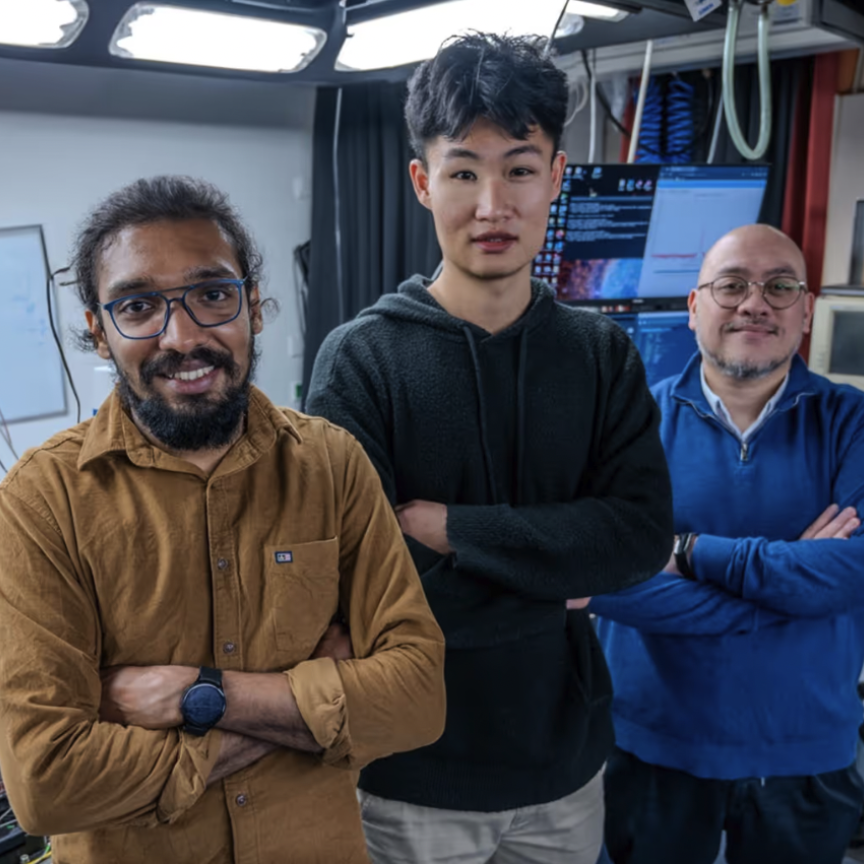Researchers have succeeded in making light emitting bridges of germanium that could enable microprocessor components to communicate using light.
A manufacturing technique to render the semiconductor germanium laser-compatible through high tensile strain has been developed by researchers at Zurich, the Paul Scherrer Institute and the Politecnico di Milano. The scientists demonstrated that they can use their method to alter the optical properties of germanium, which is typically unsuitable for lasers.
Martin Süess is a doctoral student at the Laboratory for Nanometallurgy at Eidgenössische Technische Hochschule (ETH) Zürich. He said: ‘With a strain of three per cent, the material emits around twenty-five times more photons than in a relaxed state.’
Microchips that can communicate by light instead of copper integrated circuits can be the foundation for much faster computers. In order to bring the germanium into a laser-compatible stretched form, the researchers use the slight tension generated in germanium when it evaporates on silicon. Exposed germanium strips that remain attached to the silicon at both ends experience strain between those two ends. That strain becomes so intense that it becomes laser-compatible.

